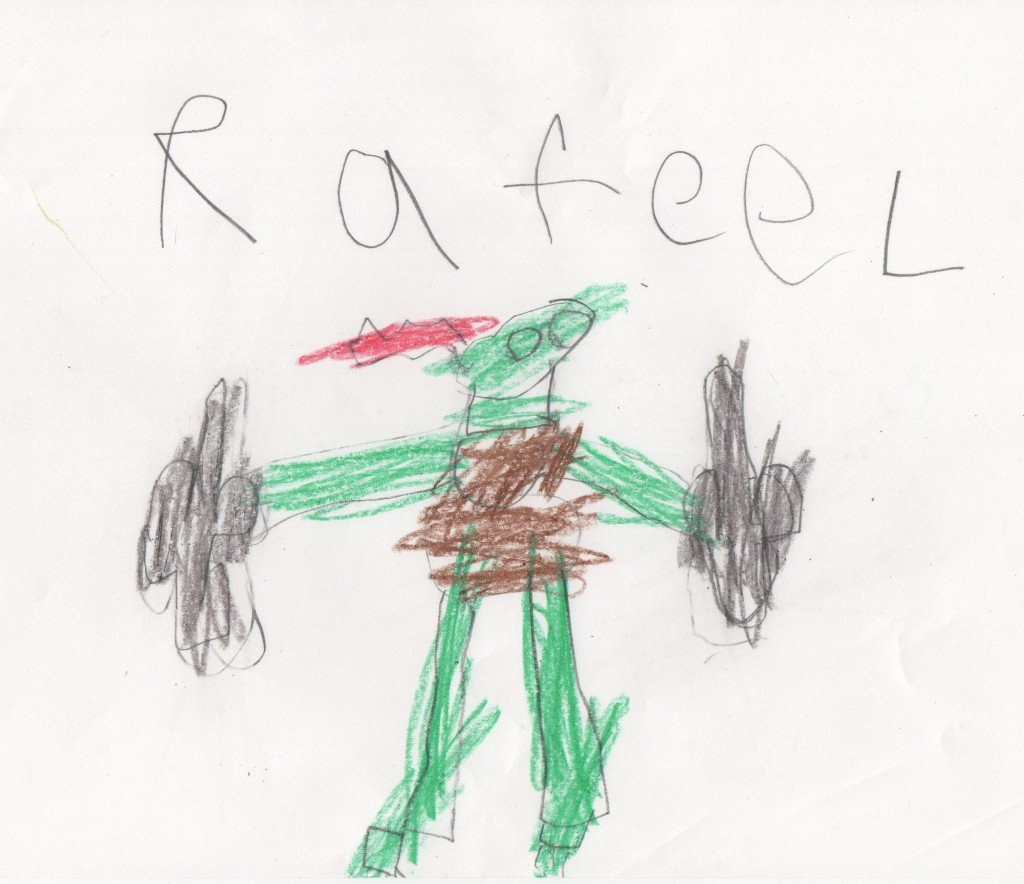Luiz Antonio: Why He Doesn’t Want to Eat Octopus – Translated into English
Definitely reminds me of my oldest nephew and son who question the world around them which I absolutely love and respect. We need more people questioning what they see, think and hear. I love this.





